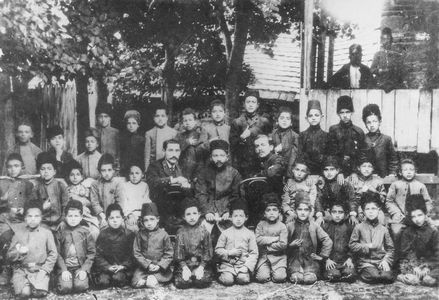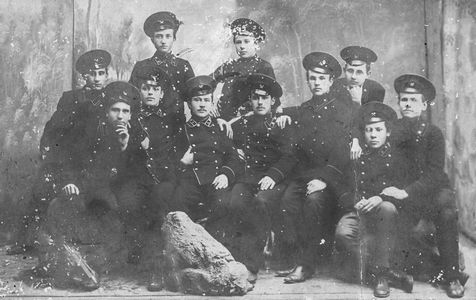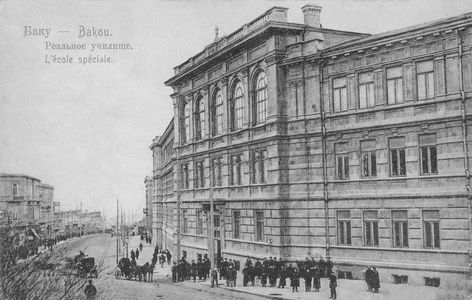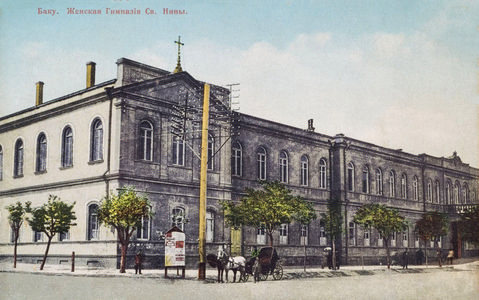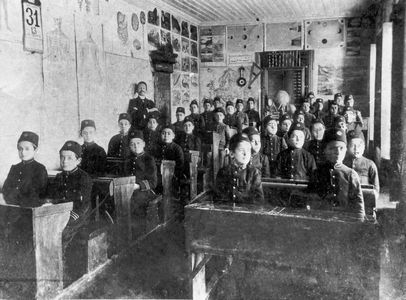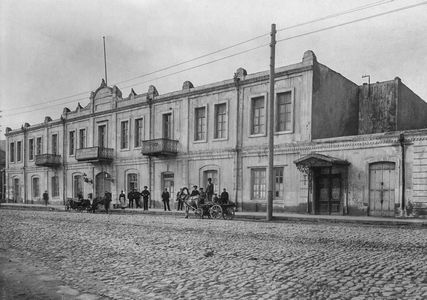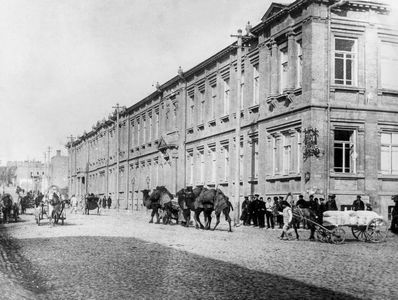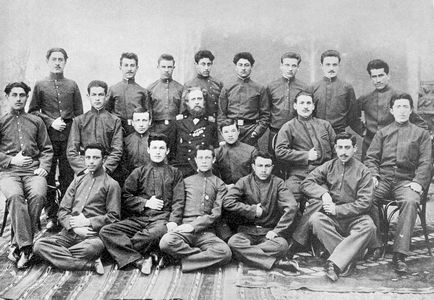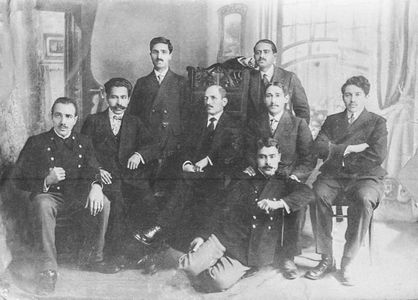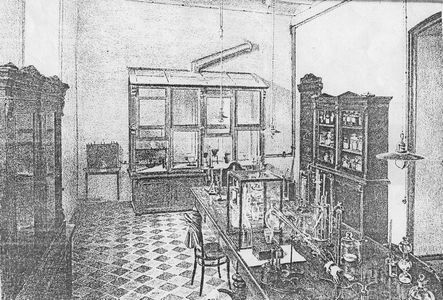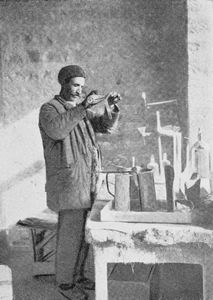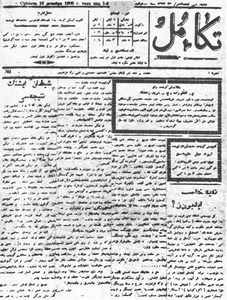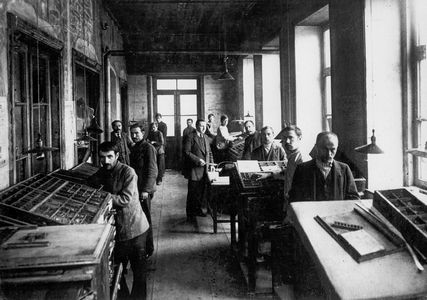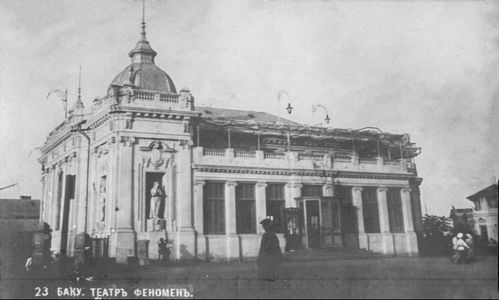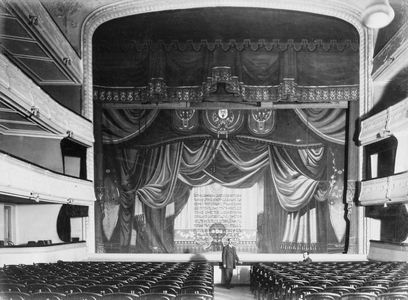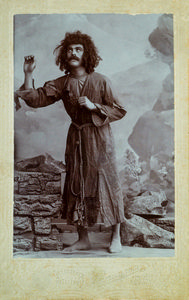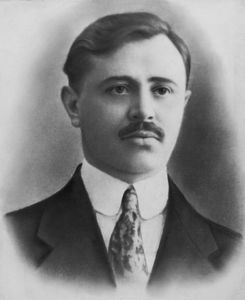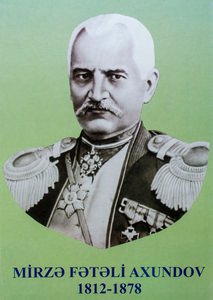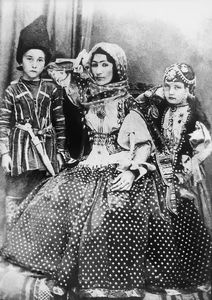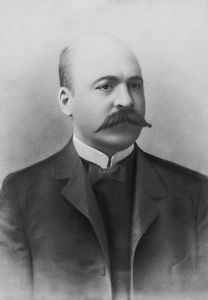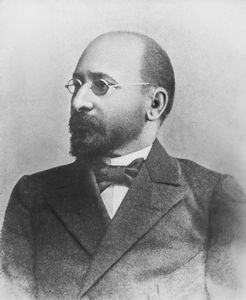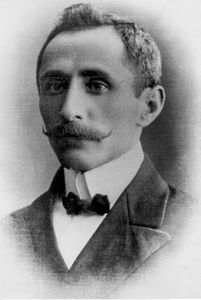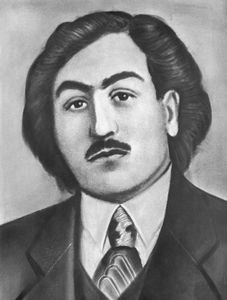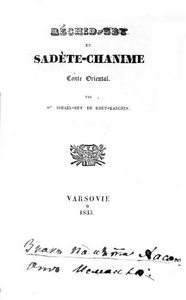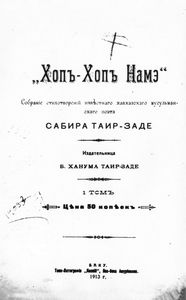Education, science and culture in Azerbaijan
In the beginning of the 19 century, the system of education in North Azerbaijan was on the decline. It was refusal of the new administration from national values and moral-religious tradition that led to the destruction of the Moslem system of education. Schools’ revival focused on the training of local cadres to meet interests of the colonial powers. However, impeding the process were lack of finances, poor material resources, deficiency of teachers and textbooks.
Since mid-19 century, a new generation of Europe-educated national intelligentsia entered the scene. As a result, there was an appreciable progress in all spheres of culture. Further contributing to the cultural development were newly established printing-houses and development of press since the 1850s.
After joining Russia, the education system in Azerbaijan was as follows: traditional schools and madrassas were in the majority. In 1829, the first emergency schools were opened, in 1872, paid urban schools, and in 1874, rural primary schools. The first boys 'high school was opened in 1865, and the first girls' school was opened in 1874. In 1869, the first methodical school (new method) was opened. In 1887, the first Russian-Tatar (Russian-Azerbaijani) school was opened.
Teacher training was carried out in the Azerbaijan branch of the Gori Teachers' Seminary, opened in 1879. The first Russian-Muslim girls' school was opened by HZ Tagiyev in Baku in 1901, in 1914 in Ganja, and in 1916 in Baku.
The full history of Azerbaijan was first written by Abbasgulu aga Bakikhanov in 1841 in his work "Gulustani-Iram". Mirza Kazimbay is known not only in Azerbaijan, but also in Russia and Europe, he was called "the father of Russian oriental studies".
In 1875, the first Azerbaijani newspaper, Akinchi, was published by Hasan bey Zardabi. The only newspaper in Azerbaijan dedicated to women was Ishig (editor - Khadija Alibeyova). Molla Nasreddin, a magazine published in 1906, was the first satirical press in the Middle East. The role of the "Kaspi" newspaper in the formation of national public opinion was great.
The Azerbaijani literature kept on developing its centuries-long national traditions. The new historical conditions predetermined the emergence of new ideological-aesthetic tendencies, laid down principles of new artistic trends. Famous poets of the time Gasim bey Zakir, Seyid Azim Shirvani, Mirza Shafi Vazeh made a great contribution to the development of culture. The founder of the drama of Azerbaijan and the Muslim East is Mirza Fatali Akhundov. The founder of realist prose Jalil Mammadguluzadeh, realist poet Mirza Alakbar Sabir, writers Abdurrahim bey Hagverdiyev, Mammad Said Ordubadi, representatives of progressive romanticism Muhammad Hadi, Huseyn Javid, Abbas Sahhat, Abdulla Shaig tried to convey the problems of the time in literary form.
The Azerbaijan National Theater was founded in 1873. In 1883, HZ Tagiyev built the first theater building in Baku. In 1895, the Baku Artists' Society was established.
The first national opera was the opera "Leyli and Majnun" created by Uzeyir bey Hajibeyov (staged in Baku on January 12, 1908).
İntegral components of the Azerbaijani culture – fine and applied arts, architecture tended to develop. Prominent Azerbaijani artists of the 19th century were Mirza Gadim Iravani, Mir Movsum Navvab, Gambar Garabagli, who created in the traditional Eastern style. The first professional artist of Azerbaijan was Bahruz Kangarli. The most prominent architect of the period was Gasim bey Hajibababayov, the first Azerbaijani architects with higher architectural education were Ziver bey Ahmadbeyov and Ismayil bey Hajinski.
The end of the 19 century showed serious changes in the cultural life of the country. A galaxy of progressive workers of culture, as well as representatives of the national bourgeoisie took drastic steps toward the development of enlightenment and culture. The national fiction, publicism, dramaturgy and press carved their way even despite the colonial policy of tsarism.
The development of capitalism, creation of the common market, emergence of economic and cultural centers and changes in the structure of society contributed to the shaping of the Azerbaijani nation. Indefatigable activity of the representatives of advanced intelligentsia of Azerbaijan aimed at arousing the national consciousness played an important role in the formation of the nation.
The national intelligentsia acted in the following directions: to enlighten the people; to awaken national consciousness; to develop the national language.
In the second half of the 19th century, conditions were created for the formation of a nation in Azerbaijan: there was a sustainable economic unity; language, territory, cultural unity existed. During this period, a bourgeois class emerged in Azerbaijan. A group of workers was formed from the hired workers. Mirza Fatali Akhundov began to use the term "nation", and in 1883 the term "Azerbaijani nation" was used in the "Keshkul" newspaper.

